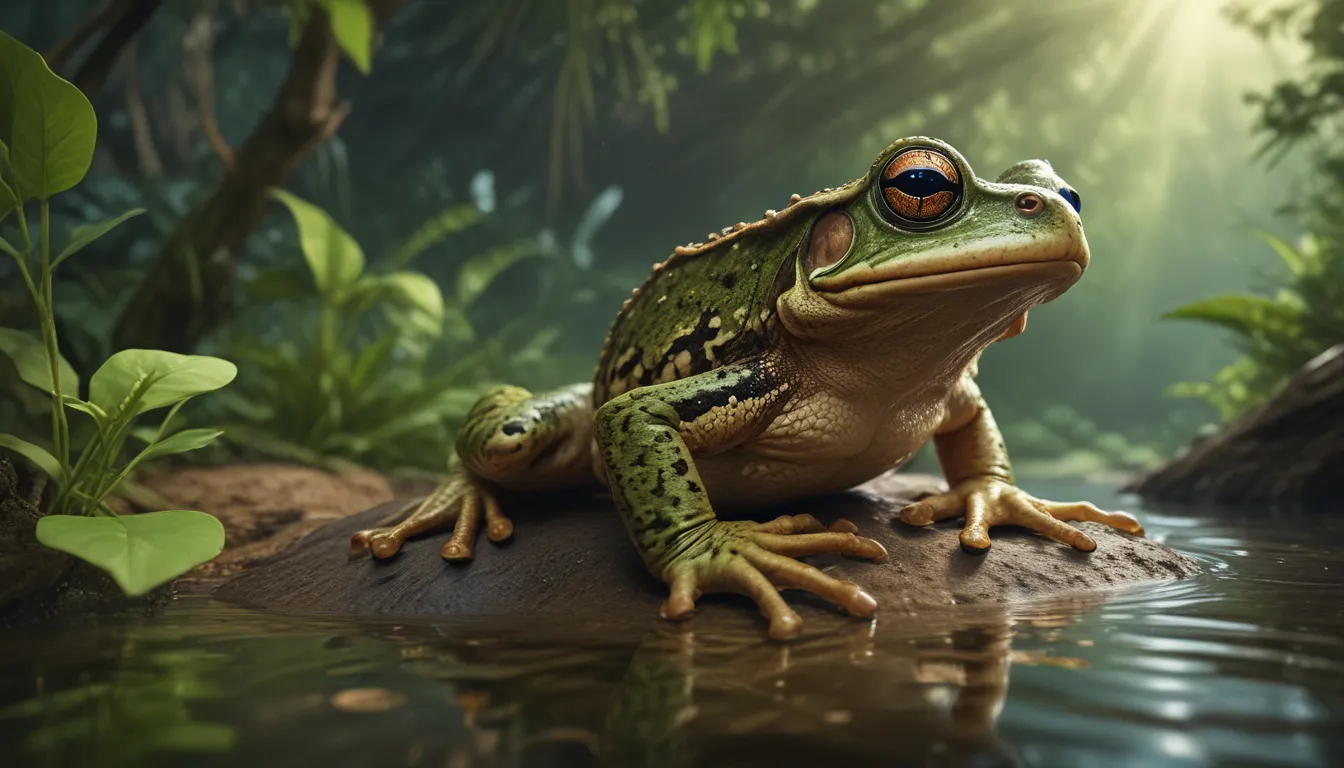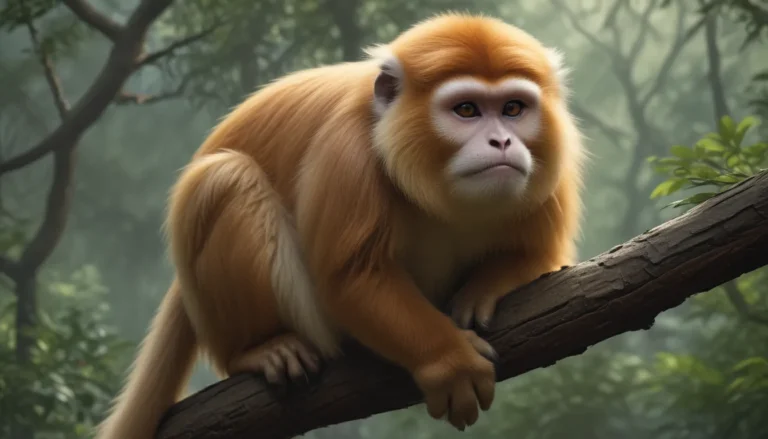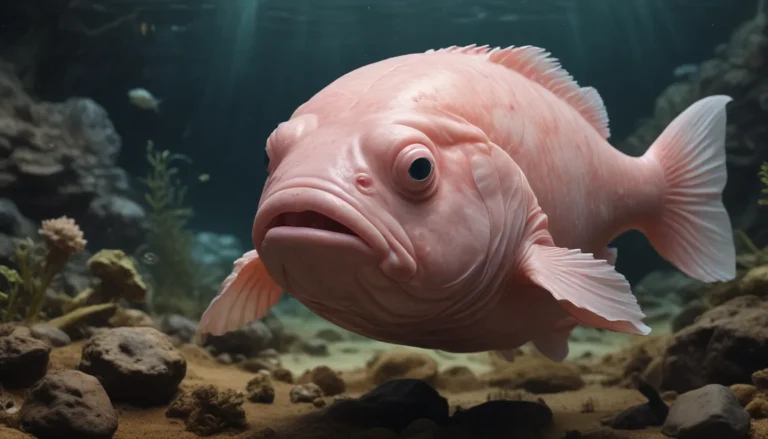The pictures we use in our articles might not show exactly what the words say. We choose these pictures to make you interested in reading more. The pictures work together with the words but don’t take their place. The words still tell you the important facts.
Welcome to the captivating world of Anura, where frogs and toads enchant us with their unique characteristics and behaviors. These fascinating creatures belong to the order of amphibians, showcasing a diverse array of species found across the globe in various habitats. While their hopping movements and croaking calls may be familiar, there is so much more to discover about these remarkable animals.
In this educational journey, we will delve into 12 intriguing facts about Anura that will deepen your understanding and appreciation for these extraordinary beings. From their fascinating life cycles to their remarkable adaptations, each fact unravels a new layer of the intriguing world of frogs and toads.
Exploring the Enchanting World of Anura
Anura, the scientific name for frogs and toads, represents an order of amphibians encompassing over 7,000 species with diverse characteristics and habitats. These unique creatures can be found in a wide range of environments worldwide, from lush rainforests to arid deserts, showcasing their adaptability and resilience in different ecosystems.
Distinctive Features of Frogs and Toads
One of the distinguishing features between frogs and toads lies in their skin texture. Frogs typically boast smooth, moist skin, while toads exhibit rough, dry skin, providing a clear differentiation between the two groups. Despite this distinction, both frogs and toads contribute significantly to their respective ecosystems, playing crucial roles as predators and prey in the intricate balance of nature.
Metamorphosis: The Fascinating Life Cycle of Anura
A defining aspect of Anura's life cycle is their mesmerizing metamorphosis, where they undergo a remarkable transformation from aquatic tadpoles to terrestrial adults. This intricate process showcases the adaptability and resilience of these amphibians, highlighting their ability to thrive in diverse environments. Through metamorphosis, frogs and toads navigate the transition from water-dependent larvae to land-dwelling adults, embodying the beauty of nature's evolution.
Jumping Wonders: The Majestic Leaps of Frogs
Frogs, with their distinctive long hind legs, are renowned for their exceptional jumping abilities, enabling them to navigate their surroundings with agility and grace. These remarkable leaps serve as both a means of seeking food and evading predators, showcasing the athleticism and efficiency of these amphibians in their natural habitats.
The Art of Tongue: Specialized Prey Capture Mechanisms
One of the most fascinating attributes of frogs and toads is their specialized tongues, uniquely designed for swift and precise prey capture. Positioned at the front of their mouths, these tongues can extend rapidly to seize unsuspecting prey, demonstrating the intricate adaptations that enhance their hunting prowess in the wild.
Toxic Defenses: Nature’s Armor of Frogs and Toads
Several species of frogs and toads possess the remarkable ability to produce toxins as a defense mechanism against potential predators. These toxins not only deter threats but also serve as a potent deterrent, showcasing the intricate strategies that these amphibians have developed for their survival in challenging environments.
Harmony of Communication: The Melodious Calls of Anura
Frogs and toads communicate through a diverse array of sounds, ranging from the iconic "ribbit" of the American bullfrog to the melodious calls of tree frogs. These vocalizations play a crucial role in mating rituals and territorial displays, highlighting the significance of sound in the intricate web of interactions within Anura populations.
Colorful Camouflage: The Art of Blending In
Some species of frogs possess the remarkable ability to change color, allowing them to blend seamlessly into their surroundings and evade potential threats. This adaptive camouflage showcases the ingenuity of these amphibians in navigating diverse environments, emphasizing their resourcefulness in the face of predation.
Unique Respiratory System: The Breath of Life for Frogs
Intriguingly, frogs have a distinctive way of breathing, primarily relying on their skin for respiration rather than traditional lung structures. This specialized respiratory system underscores the intricate adaptations of frogs to their aquatic and terrestrial habitats, showcasing their resilience in diverse ecosystems.
Environmental Indicators: Anura’s Role in Ecosystem Health
Frogs and toads serve as invaluable indicators of environmental health, with their sensitivity to pollution and habitat degradation making them crucial barometers of ecosystem well-being. Scientists often study frog populations to assess the overall health of ecosystems, underscoring the pivotal role that Anura play in maintaining ecological balance.
Embracing the Enchantment of Anura
In conclusion, Anura, encompassing frogs and toads, captivate us with their diverse adaptations, captivating behaviors, and essential roles in the ecosystem. These extraordinary creatures embody the wonders of nature, from their remarkable metamorphosis to their intricate communication strategies, showcasing the beauty and complexity of the amphibian world. By exploring the unique characteristics and behaviors of Anura, we gain a deeper appreciation for the intricate tapestry of life that surrounds us, urging us to cherish and protect these enchanting beings for generations to come.
FAQs: Navigating the World of Anura
- What is the difference between frogs and toads?
-
Frogs typically have smooth, moist skin and are well adapted for aquatic environments, while toads exhibit dry, bumpy skin suited for terrestrial habitats.
-
What do frogs and toads eat?
-
Most frogs and toads are carnivorous, feeding on small invertebrates such as insects, spiders, and worms, with some larger species consuming fish or small mammals.
-
How do frogs and toads reproduce?
-
Frogs and toads reproduce through external fertilization, with females laying eggs in water for males to fertilize, leading to the development of tadpoles that undergo metamorphosis.
-
Can frogs and toads harm humans?
-
While the majority of frogs and toads are harmless, some species secrete toxins as a defense mechanism, emphasizing the importance of caution when interacting with unfamiliar amphibians.
-
How long can frogs and toads live?
-
The lifespan of frogs and toads varies depending on the species, with some living only a few years and others surviving for over a decade in the wild.
-
Are frogs and toads vital for the environment?
- Yes, frogs and toads play a crucial role in ecosystem health by controlling insect populations, serving as a food source for other animals, and indicating the overall well-being of ecosystems.
Embark on an Amphibian Adventure
As you journey through the enchanting world of Anura, marvel at the diversity, resilience, and beauty of frogs and toads that grace our planet. Their captivating behaviors, remarkable adaptations, and essential contributions to the ecosystem remind us of the wondrous intricacies of the natural world. By embracing the enchantment of Anura, we embark on a thrilling adventure filled with discovery, appreciation, and awe for these extraordinary amphibians that enrich our lives and inspire our curiosity.
Unlock the Secrets of Anura
Join us in unlocking the secrets of Anura, where each fact reveals a new facet of the fascinating world of frogs and toads. Explore the captivating habitats, behaviors, and adaptations of these remarkable amphibians, immersing yourself in the wonders of nature's creativity and diversity. As you delve deeper into the realm of Anura, cherish the marvels of their existence and heed the call to protect and preserve these enchanting beings for future generations to cherish and admire.






